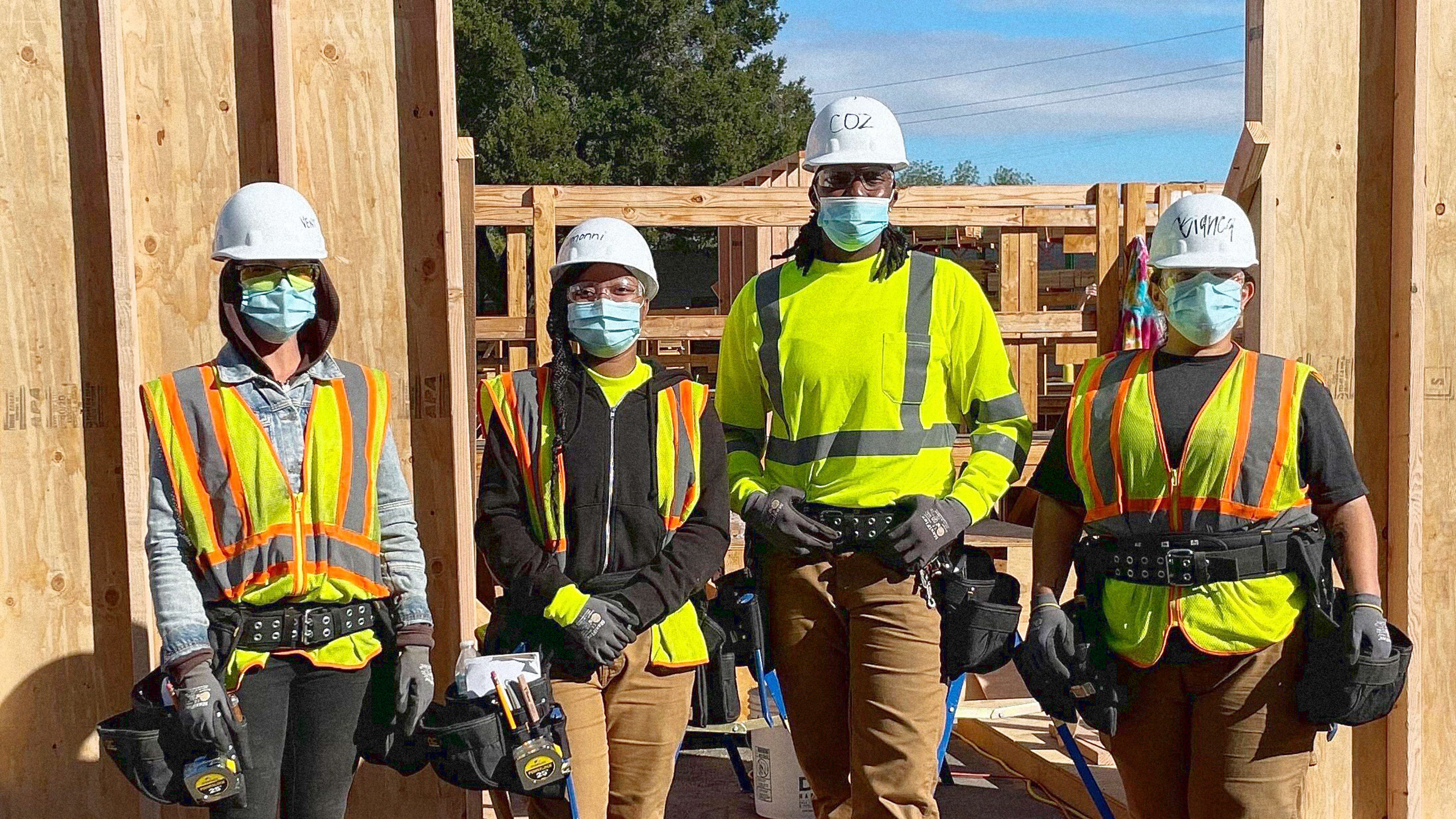Mission Rock had a problem. The $2.5 billion waterfront development is transforming a parking lot near the San Francisco Giants stadium into a new neighborhood, but its workforce wasn’t meeting local targets. In 2021, Mayor London Breed announced an initiative to prioritize workforce development for women in city projects, but Mission Rock’s workforce—like most big construction projects—was mostly male.
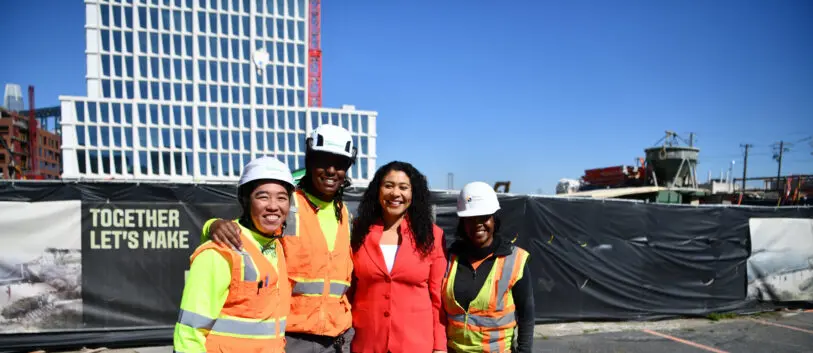

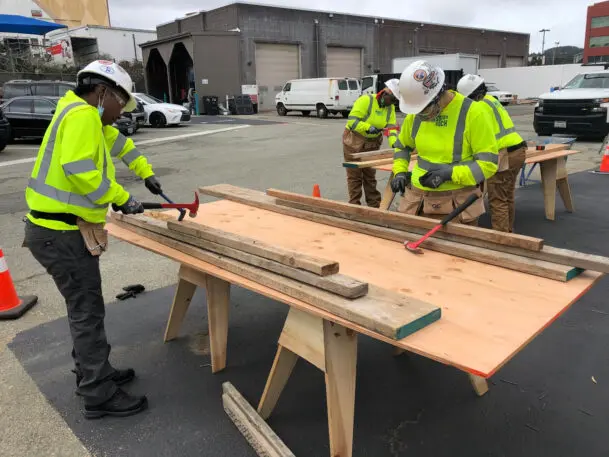
Mission Rock Academy is trying to shake up the demographics of an industry that has been slow to change, while also helping the project meet the city requirement for at least 15% women. Getting women to even consider building trades involved a months-long public education process. “When we talk about the building trades as a society, folks think of it as lifting very heavy materials all day. It’s more than that,” says Iowayna Peña, a project manager for the Giants who helped run Mission Rock Academy. “We tried to bring in folks from underrepresented or overlooked populations. . . . Our recruitment efforts really focused on neighborhoods and communities that have not had easy access to opportunities like this.”
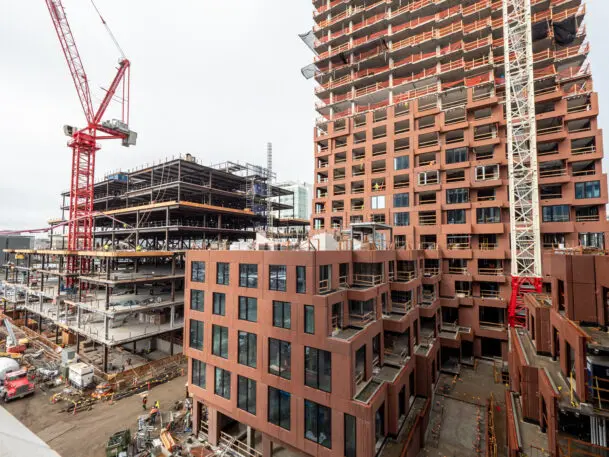
Other barriers ranged from transportation access to the need for expensive tools to the general difficulty of taking part in a five-week training program. The program itself was free (although students had to apply and be accepted), and stipends were built into the budget to help participants afford to get involved. “A lot of the barriers that people discuss about what makes it difficult to get into the field weren’t focused just on women,” says Peña.
Students were trained in a variety of common construction skills, ranging from machinery operation to carpentry. After the program, which involved both in-class education and on-site training, the 16 women qualified to join local building trade unions. (Mission Rock Academy took just a third of the time of another construction skills program offered by the city.) “What we have seen is that when you are able to connect women particularly with union representation and support, they do really, really well in the trades and in the construction workforce,” Weld says.
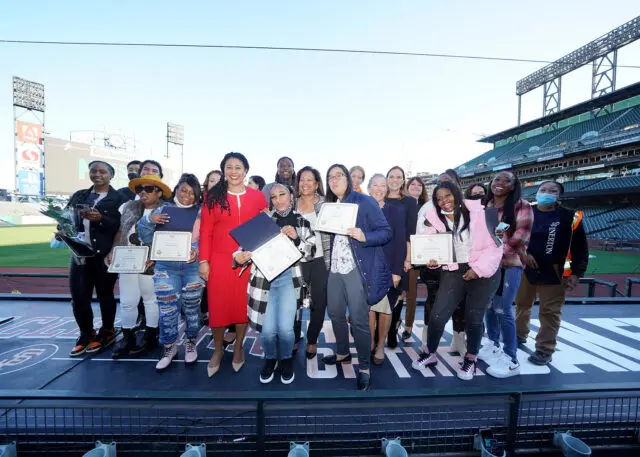
Women are a large part of the project overall. Of the first five buildings to be developed, four have female design leads. Weld says this training program is a way to ensure women are reflected throughout the project, but also in the building industry in general. “I hope that what we’ve learned can be a model,” she says.
The next iteration of Mission Rock Academy is being planned now, and future versions could target other groups, including veterans. Growing the project means more women on construction sites, and maybe more women seeing that these jobs are actually attainable. “It’s hard to imagine yourself as a successful person in this space if you don’t see yourself represented,” says Peña. “That’s the big piece that’s missing from the industry.”
Recognize your brand’s excellence by applying to this year’s Brands That Matter Awards before the early-rate deadline, May 3.
